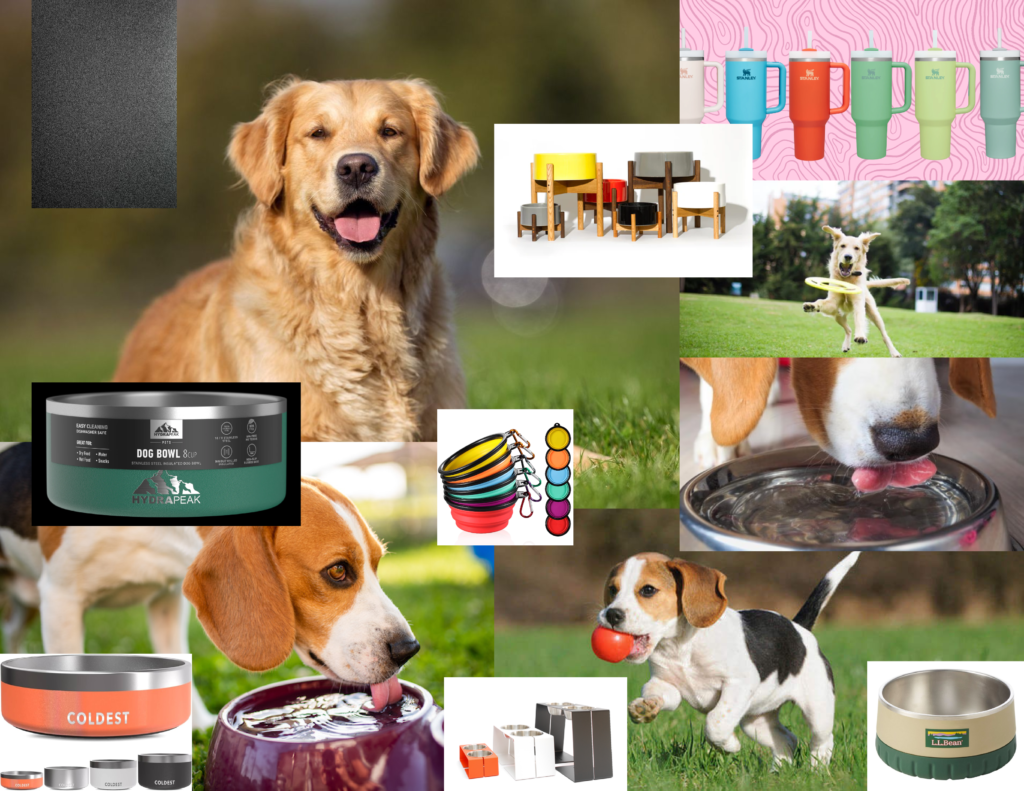Prompt:
- You have $25,000 of spare cash on hand. You can choose ONE Seattle-area non-profit to donate the money to.
- First, do a little thinking and find a cause that is near and dear to your heart.
- Then, do a little research into which area non-profits work in that sector/field.
- Finally, write about which non-profit you would choose, and why!
- 300-500 words.
My Response:
- Donating $25,000 to Byrd Barr Place is a heartfelt decision for me, driven by the profound impact they’ve had on my life. They’ve been there for me during some of my darkest times, helping me avoid eviction twice and providing energy assistance three times. Their support has been a true lifesaver, allowing me to keep my home warm and secure, and giving me the stability to move forward.
Byrd Barr Place has been a pillar in our community for over 50 years, offering essential services like housing and energy assistance, a food bank, and personal finance resources. These programs are crucial for helping people break the cycle of poverty and build self-sufficiency. I’ve experienced firsthand how their emergency assistance can prevent a crisis from turning into a catastrophe, and I’m incredibly grateful for that.
One of the things I love most about Byrd Barr Place is their inclusive approach. They serve a diverse range of clients, including refugees, immigrants, the elderly, and the disabled. In a city as varied as Seattle, it’s vital that everyone has access to support, regardless of their background. Byrd Barr Place’s commitment to understanding and addressing the unique needs of all community members is truly admirable.
Their efforts go beyond just meeting immediate needs. Byrd Barr Place actively engages with the community, conducting citywide assessments to ensure their services remain relevant and effective. Their involvement in the Washington State Community Action Partnership highlights their dedication to addressing broader social and economic issues, ensuring they can provide the most impactful support possible.
What also stands out to me is their advocacy for equity, particularly for Seattle’s African American community. Byrd Barr Place works tirelessly to tackle systemic challenges and improve access to education, housing, jobs, and healthcare. Their leadership in the Seattle Community of Practice and collaborations with other organizations are inspiring. They’re not just providing short-term relief; they’re driving long-term change and empowerment.
This donation is my way of giving back to an organization that has given me so much. Byrd Barr Place’s unwavering support, commitment to inclusivity, and drive for systemic change make them an invaluable resource for our community. I’m honored to support their mission and contribute to their efforts in helping Seattle’s most vulnerable residents build better lives.
